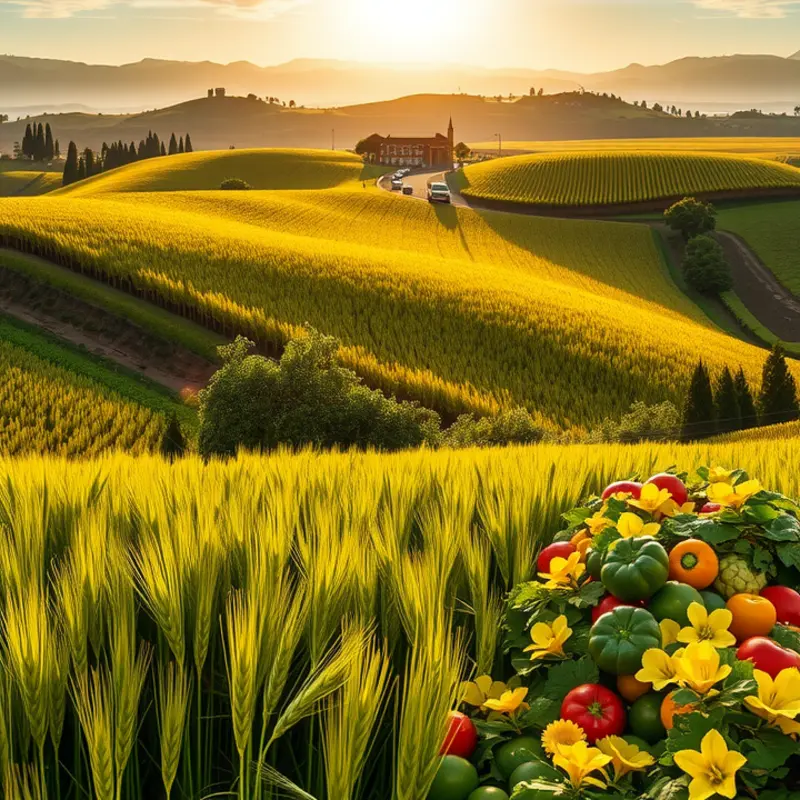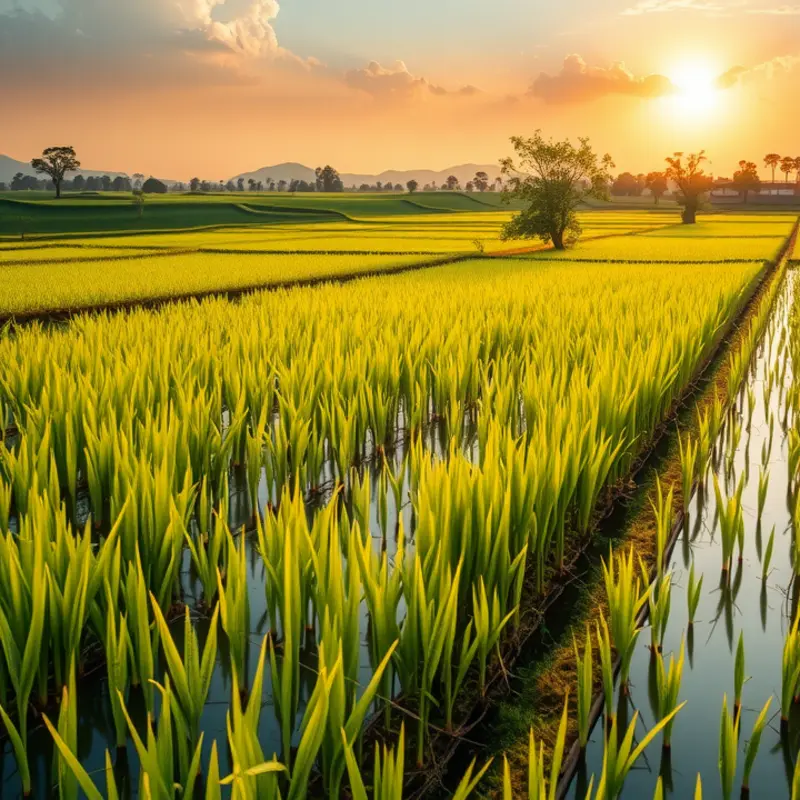Pasta is a universal staple that transcends borders, uniting cultures through its versatility and variety. From the soft, delicate strands of Asian noodles to the hearty, rich shapes of traditional Italian pasta, this beloved dish has taken on countless forms, flavors, and identities around the globe. Exploring the diverse pasta traditions from various countries allows us not only to appreciate its culinary significance but also to understand the unique cultural narratives they embody. Join us as we embark on a delightful exploration of these remarkable traditions.
Italian Pasta: The Heart of Tradition

Italian pasta is more than just a dish; it is a celebration of tradition, culture, and family. Each pasta shape tells a story, drawing from Italy’s diverse regional landscapes. Spaghetti, the iconic long and thin variety, finds its roots in Naples, traditionally tossed with a simple tomato sauce rich in local flavors. Meanwhile, fettuccine, originating from Rome, elegantly cradles creamy sauces like the famed Alfredo, highlighting the region’s love for dairy.
Ravioli introduces us to the art of filled pasta, its origins often debated between the regions of Liguria and Emilia-Romagna. Stuffed with ingredients such as cheese, spinach, or meats, ravioli demonstrates the Italian knack for maximal flavor with minimal ingredients. Each bite offers a glimpse into the local produce that defines the region’s cuisine.
Lombardy’s pastas are filled with tales of Northern grandeur, where saffron-infused risottos rival with the heartiness of their pasta counterparts. Further south, Sicily’s diverse history reflects in its pasta dishes, often featuring local seafood, capers, and citrus, echoing Mediterranean influences.
Regional variations are a testament to Italy’s geographic and cultural richness. Bologna, known for its love affair with meat, brings us tagliatelle al ragù, a thicker and meat-intense version of what many refer to as ‘spaghetti Bolognese.’ This dish debunks several food myths surrounding its origins and preparation.
The secret to authentic Italian pasta lies in the quality of ingredients and the passion behind the process. Durum wheat semolina gives most Italian pasta its bite, while fresh eggs enrich the dough used in regions like Emilia-Romagna. Italians believe in sourcing locally, ensuring that every dish is not only tasty but also sustainable and eco-friendly.
The preparation of pasta is an art form in itself, where simplicity meets flavor. The balance of al dente pasta with perfectly emulsified sauces defines Italian cooking. The process requires careful attention to technique—a pinch of salt, a splash of reserved pasta water, and a few twirls of the fork.
Italian pasta represents a culinary journey through time. Each region, with its signature dishes and techniques, contributes to a vibrant mosaic that symbolizes Italy’s love for food. Whether it is in the simplicity of aglio e olio or the complexity of lasagna, pasta remains at the heart of Italian tradition, lovingly created to be shared with family and friends.
Wonders of Asian Noodles: A Culinary Odyssey

Embarking on a culinary odyssey across Asia reveals the remarkable world of noodles, each strand telling the story of centuries-old traditions preserved through generations. From Japan’s precision-cut soba to the skillful hand-pulling of Chinese lamian, these noodles embody the diversity and complexity of Asian cuisine.
Ramen, perhaps one of the most ubiquitous in Western kitchens, stands out for its alchemy. Originating from China and adapted by Japanese cuisine, the artistry lies in its broth, simmered for hours to achieve umami-rich flavors. The noodles, whether curly or straight, are crafted for specific textures that complement the broth’s richness. Regions like Sapporo in Hokkaido bring their own flair with miso-based soups, while Kyushu’s tonkotsu broth offers a creamy, pork-infused delight.
Soba, made from buckwheat, offers a nutty flavor with a dense, chewy texture. In Japan, these noodles hold cultural significance, particularly during New Year’s celebrations when Toshikoshi Soba symbolizes a fresh start. Eaten hot or cold, and dipped in a delicate broth, they showcase simplicity and reverence for natural flavors. The meticulous process of kneading and cutting soba by hand requires skill honed over years, celebrating craftsmanship in its purest form.
The Udon noodles of Japan provide a contrasting experience with their thick, wheat-based form. These noodles absorb the savory flavors of dashi broth, creating comfort dishes like Kitsune Udon, topped with sweetened tofu, and Bukkake Udon, served cold for a refreshing touch. This versatility of udon is a testament to the adaptability of regional ingredients and cooking styles, echoing the communal dining culture found in each bowl.
Rice noodles, prevalent across Southeast Asia, reflect the vibrant palate of the region. In Thailand, pad thai showcases stir-fried rice noodles infused with tamarind paste and fresh lime. Vietnamese pho employs flat rice noodles submerged in aromatic broth, garnished with fresh herbs. These dishes not only highlight varied culinary techniques but also illustrate the symbiotic relationship between food and culture.
Chinese noodle varieties further emphasize this diversity. Lamian, known for being hand-pulled, entails an intricate dance of stretching and swinging dough. This labor-intensive method yields noodles with a perfect bite, frequently starring in brothy Lanzhou lamian or spicy Chongqing xiaomian. Each bowl carries the heritage of its region, offering a glimpse into the daily lives of the communities where it originated.
Beyond the culinary, noodles in Asia are more than sustenance; they are threads that weave social fabrics. Whether during a bustling night market or a quiet family dinner, sharing noodles fosters connection and camaraderie, nourishing both body and soul. These traditions symbolize hospitality and the joy of shared experiences, akin to sustainable eating practices that emphasize communal and mindful consumption.
Thus, Asian noodles form not just a culinary tapestry but a cultural one. Each bowl embraces history, practice, and tradition in every slurp, embodying an enduring legacy that transcends borders.
Final words
Pasta, in its many forms and flavors, symbolizes the intersecting threads of culture, history, and culinary artistry that define the human experience. From the meticulous traditional methods of Italian pasta-making to the rich diversity of Asian noodle crafts, each plate tells a story of the people and places that create it. This heavenly dish is a testament to how food not only nourishes but also reflects our shared humanity. Embracing these global pasta traditions invites us to celebrate our differences while savoring the unity and joy that good food brings.








